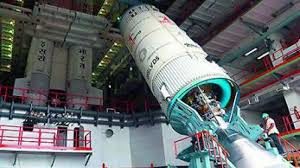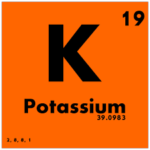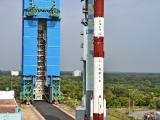Hydrogen, Cryogenic Process and Rocket Launch
Hydrogen is an element with atomic number 1 and the symbol H. Hydrogen has many characteristics that make the element special.
Characteristics of hydrogen
Hydrogen is the only element that has no neutrons. Basically, this element is a colorless gas and when extreme pressure is applied it turns into liquid form. Among all elements, Hydrogen is the lightest. It is highly flammable too. The rare privilege of the most abundant element in the universe also goes to Hydrogen. Due to atomic number 1, the element occupies the first position in periodic table too. In pure form, hydrogen is lighter than air and hence the pure element will escape easily into space from the gravity of the Earth. Hence, presence of hydrogen largely on earth is in the form of compounds like water.
Why is hydrogen used as a fuel for rocket launches?
The element hydrogen plays a crucial role in the launch of rockets where it is used as a fuel for propulsion of rockets. It is a highly flammable element. When hydrogen comes in contact with oxygen, it produces violent reactions. This reaction and explosion generate required energy to propel the rocket upward and break the gravitational pull of the Earth. The flame produced from the reaction is almost invisible. It may also be noted that conversion of hydrogen to helium through nuclear fusion is the cause of generation of high light and heat in the Sun.
Role of propellants in rocket launches
A chemical mixture called propellant is burnt to generate thrust in rockets. The propellant consists of a fuel and an oxidizer. An oxidizer acts as an agent to releases oxygen for burning of the fuel. A fuel is a substance that burns in combination with oxygen and generate required energy for propulsion of rocket. The ratio of oxidizer to fuel in a propellant is called mixture ratio. Normally, three types of propellants are used. They are classified according to the state of the substance- liquid, solid or hybrid. The efficiency of rocket propellants is measured in impulse per second. The pounds (or kilograms) of thrust generated from combustion of one pound (or kilogram) of propellant in a second is the impulse per second and this measure acts as the gauge of efficiency.
In a liquid propellant rocket, the fuel and oxidizer are stored in separate tanks are fed to a combustion chamber where they are burned to produce thrust. Liquid propellant engines are more complex than their solid propellant counterparts. However, they offer advantages in operation. By controlling the flow of propellant to the combustion chamber, the engine can be throttled, stopped, or restarted without much hassles. Petroleum, cryogens, and hypergols are three types of liquid propellants used in rockets.
Petroleum and hypergol liquid propellants
Petroleum fuels are produced by refining crude oil. It is a mixture of complex hydrocarbons or organic compounds containing only carbon and hydrogen. Highly refined kerosene, called RP-1 are usually used in combination with liquid oxygen as the oxidizer. Hypergolic propellants are fuels and oxidizers that ignite impulsively on coming into contact with each other and without an ignition source.
Liquid hydrogen, oxygen and cryogenic process
Liquefied gases stored at very low temperature are used in cryogenic process. A combination of liquid hydrogen (LH2) as the fuel and liquid oxygen (LO2 or LOX) as the oxidizer produces the most effective cryogenic result. Hydrogen remains liquid at temperatures of -253 oC (-423 oF) and oxygen remains in a liquid state at temperatures of -183 oC (-297 oF). Cryogenic process is widely used in rockets carrying satellites. Abundancy of hydrogen and oxygen and easiness in generation of energy are utilized in cryogenic process. However, due to low temperature at which cryogenic propellants are to be maintained, storage for long period is difficult. Hence this technology is not widely used in military rockets. Further, due to low density of hydrogen, more storage space is needed compared to other liquid fuels.
ISRO – Indian Space Research Organisation
SpaceX – Space Exploration Technologies Corporation









